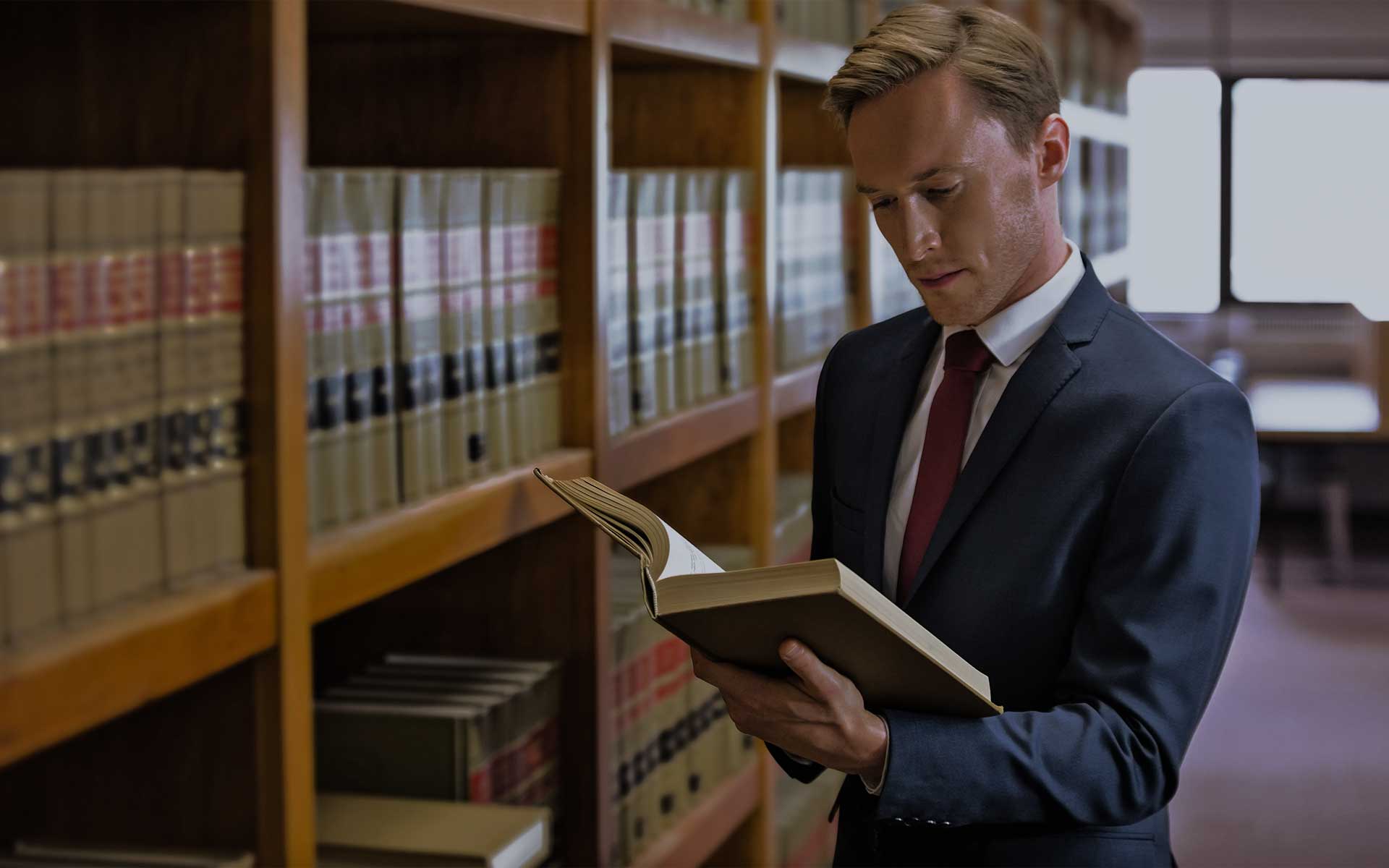Time to Close the Gap: Is the PTAB Looking at Prosecution Histories in IPRs?

“The gap between the scope of review required under Phillips and that implemented by the Board plainly does the public a disservice. The public has a right to rely on the prosecution history in order to understand the scope of a patent’s issued claims.”
If a recent decision denying institution of an inter partes review (IPR) is any indicator, the answer to the question above seems to be no, the Board does not routinely review a challenged patent’s prosecution history—even when the history includes a prior Board decision construing claim terms at issue in the IPR. In Apple Inc. v. Uniloc 2017 LLC, IPR2019-00753, Paper 7 (PTAB. Sep. 16, 2019), the Board majority denied institution, finding certain claimed subject matter missing from Apple’s prior art—despite the Board’s earlier finding in a prosecution appeal that the very same subject matter was disclosed and obvious based on different prior art. Making the apparent oversight even more remarkable, one member of the Patent Trial and Appeal Board (PTAB) majority had actually authored the earlier prosecution appeal decision.
Grounds of the IPR
Apple filed an IPR petition challenging the validity of certain claims of U.S. Patent No. 7,587,207 (“the ’207 patent”), which had been asserted against Apple by Uniloc USA, Inc. (“Uniloc”). The ’207 patent relates to a communication system including one or more beacon devices that transmit wireless messages and portable devices configured to receive the messages. Each beacon broadcasts a series of inquiry messages, each in the form of predetermined data fields arranged according to a communication protocol, such as Bluetooth. For the delivery of additional data via broadcast, the beacon adds to each inquiry message prior to transmission an additional data field carrying broadcast data such as location information. Each portable device receives the transmitted inquiry messages including the location data and reads the broadcast data from the additional data field.
For its petition, Apple relied on a single ground of challenge, asserting that the claims of the ’207 patent were obvious over a combination of four prior art references, none of which were cited during prosecution of the application for the ’207 patent. Aside from noting the chain of priority, neither the IPR petition nor the supporting declaration of Apple’s expert discussed or made any reference to the prosecution history of the ’207 patent, the record of which had been submitted as an exhibit to the IPR petition. In its preliminary response, Uniloc also referred to the chain of priority but likewise ignored the ’207 patent’s prosecution history.
The PTAB’s Approach
In denying institution of IPR over a dissent, the Board majority found that Apple’s prior art failed to disclose that the signal transmitted by the beacon was “an inquiry message,” contrary testimony of Apple’s expert notwithstanding. The majority further found that Apple’s cited combination of prior art did not teach to “add to each inquiry message . . . an additional data field.” The dissent deemed that Apple had sufficiently argued its invalidity ground and had met the threshold for institution.
For its claim construction analysis, the PTAB majority declined to construe any claim terms despite having scrutinized Apple’s cited prior art for teaching the use of messages that were specifically “inquiry messages.” Citing the updated claim construction rule applicable to IPRs, 37 C.F.R. § 42.100(b)(2019), which adopted the Phillips claim construction standard used in district courts, the Board explained that the “construction standard includes construing claims in accordance with the ordinary and customary meaning of such claims as understood by one of ordinary skill in the art and the prosecution history pertaining to the patent.” (emphasis added) But the PTAB made no reference to the actual prosecution history of the ’207 patent.
Prosecution History
That prosecution history included, significantly, a prior decision by the Board of Patent Appeals and Interferences (BPAI) in an ex parte prosecution appeal 11 years earlier, finding the originally-filed independent claims obvious over prior art cited by the examiner (and now listed on the face of the ’207 patent). The earlier BPAI decision affirmed the examiner’s rejections of the independent claims and of all but two dependent claims, relying on a broad claim construction of the key claim term “inquiry message.” In tension with the PTAB’s institution decision, the BPAI’s decision held that the examiner’s cited prior art disclosed the very subject matter the PTAB majority found lacking from Apple’s sole ground of challenge, i.e., the use of a beacon that broadcasts a series of inquiry messages. Citing KSR, the BPAI also concluded that it would have been obvious to add the additional data field to the inquiry message prior to transmission. As a result, the BPAI affirmed all but one of the examiner’s rejections, reversing a rejection of a pair of dependent claims reciting “the beacon is arranged to include an indication in one of said predetermined data fields, said indication denoting the presence of said additional data field.” Instead of appealing the BPAI decision, the original applicant for the ’207 patent simply amended the allowed dependent claims in independent form, which then issued as the independent claims of the ’207 patent. As a result, Uniloc appears to have inherited significant prosecution history estoppel—including acquiescence that the subject matter of the originally-filed independent claims was obvious—when it became the owner of the ’207 patent.
That the PTAB didn’t find the prior BPAI claim construction isn’t truly surprising, as the revised claim construction rule and the PTAB’s own Consolidated Trial Practice Guide, November 2019 Edition (and likewise the earlier July 2019 update) only expressly refer to the Board considering prior claim constructions from district court actions and the International Trade Commission (ITC), and then only in the context of considering such prior constructions if timely made of record by a party. But the rulemaking commentary and supplementary information provided by the Federal Register for the final IPR claim construction rule make it clear that, in using the Phillips claim construction standard, the PTAB will consider prosecution before an examiner and any appeals: “[w]hen construing claims in IPR, PGR, and CBM proceedings, the Office will take into account the prosecution history that occurred previously at the Office, including before an examiner during examination, reissue, reexamination, and prior AIA proceedings,” specifically noting “[t]his will also include prosecution before an examiner in a related application where relevant and any argument made on appeal of a rejection before the grant of the patent for which review is sought, as those arguments are before the examiner when the decision to allow an application is made.” Unfortunately, that emphasis on reviewing the complete scope of a challenged patent’s prosecution history failed to make the transition to the Consolidated Trial Practice Guide.
Closing the Gap
This gap between the scope of review required under Phillips and that implemented by the Board plainly does the public a disservice. The public has a right to rely on the prosecution history in order to understand the scope of a patent’s issued claims, irrespective of what specific details from the prosecution history a patent owner or petitioner choose to bring to the PTAB’s attention during a post-grant proceeding. For example, it is entirely conceivable that hundreds of companies have designed-around the claims of the ’207 patent since its grant, presumably basing their efforts in large part on its prosecution history. This situation seems to be just one small step removed from the situation in Pharmastem Therapeutics v. Viacell, Inc., where the Federal Circuit held that the patentee was estopped from advancing patentability arguments that were contrary to admissions about prior art that were made in the specification of the patent at issue. Here, the applicant for the ’207 patent acquiesced that the subject matter of the original claims, i.e., without the additional limitation of “the beacon is arranged to include an indication in one of said predetermined data fields, said indication noting the presence of said additional data field,” was unpatentable. It seems incongruous 11 years later for the patentee to have successfully argued otherwise.
Ironically, during rulemaking, the U.S. Patent and Trademark Office (USPTO) declined, in response to suggestions from a few rather sagacious practitioners, to add “or the Board” in the last sentence of the proposed rule to make explicit that prior PTAB or BPAI claim construction determinations concerning a claim term will be considered by the Board. According to the USPTO, “[t]he suggested change is not adopted as it is unnecessary; prior PTAB claim construction determinations concerning a claim term will be considered under Phillips, for example when they are part of the intrinsic record of the challenged patent.” The facts of this case further suggest rulemaking or a new standard operating procedure (SOP) is needed to require review of prior Board constructions for a challenged patent in post-grant proceedings.


